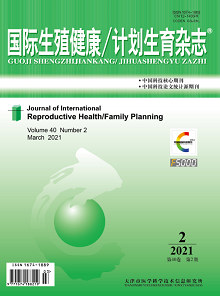Objective: To evaluate the effect of chewing gum on the gastrointestinal function after cesarean section by meta-analysis. Methods: We electronically searched databases including PubMed, Cochrane Library, Embase, Medline, Chinese Biomedical Literature Database (CBM), Weipu Database (VIP), Wanfang Database and China National Knowledge (CNKI) for the randomized controlled trials (RCTs) on chewing gum and gastrointestinal function recovery after cesarean section. Based on literature screening, data extraction and inclusion were analyzed using Stata 14.0 software after the quality evaluation of literatures. Results: A total of 27 RCTs were included, including 6 Chinese literatures and 21 English literatures, involving 4 008 patients, including 1 983 in the experimental group and 2 025 in the control group. The bowel sound after operation was effectively promoted in the experiment group when compared with the control group (WMD=-5.30, 95%CI: -7.14--3.46, P<0.000 1), and the gastrointestinal peristalsis recovery also improved (SMD=-3.82, 95%CI: -5.15--2.49, P<0.000 1). Two times of anal exhaust (WMD=-6.90, 95%CI: -8.96--4.85, P<0.000 1) and defecation (WMD=-7.64, 95%CI: -10.59--4.69, P<0.000 1) were significantly shorter in the experiment group. More significantly, the incidence of postoperative intestinal obstruction was decreased (RR=0.15, 95%CI: 0.10-0.22,P<0.000 1), and the hospitalization time was shortened in the experiment group when compared with the control group (SMD=-0.73, 95%CI: -1.11--0.34, P<0.000 1). Conclusions: Chewing gum after cesarean section can effectively promote the early recovery of gastrointestinal motility function, although the heterogeneity of the included studies is obvious. In the future, more standardized, multi-center, large-sample and high-quality clinical studies are needed for further verification.

